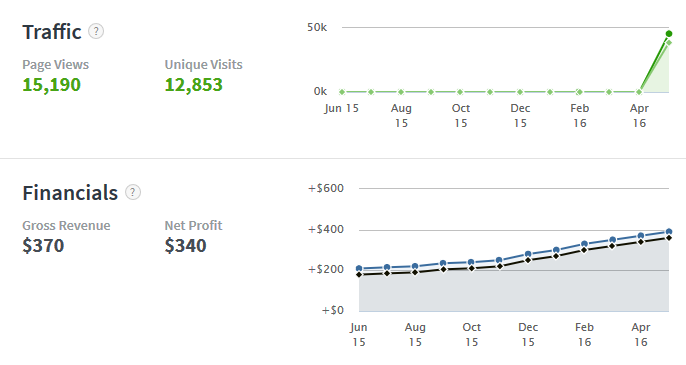
There are plenty of reasons not to believe in Hell. The problem of Hell (an instance of the problem of evil) suggests an incompatibility with a benevolent God. But here, I want to make especially clear just how problematic the infinite duration part of belief in eternal punishment is. Many people I know and care for seriously consider the possibility of an eternal Hell, and this sometimes leads to a discussion that I want to lay out loosely in the form of an argument.
For this argument, I suppose the existence of:
- a God
- who is benevolent
- who sends some of us to a place of eternal suffering
The focus of this argument deals with proportional or retributive justice. The proportion of eternal punishment in response to one’s actions in a finite lifetime is difficult to fully grasp, but can be made concrete.
When the religious assert the possibilities of Heaven or Hell as a reasonable reward or punishment coming from a just and benevolent god, they seem to feel that this is somehow just or proportionate because of free will. That is, they believe an infinite punishment could possibly be a proportionate and reasonable response to a finite set of choices made in life, because one could have done otherwise, and those choices were sufficiently egregious. If a retributive response of infinite magnitude to a finite number of acts might not immediately seem terribly unjust, then at least it should by the end of this post.
But first, note here that I’m leaving aside the separate problem of retributive punishment as an outdated, Iron-Age justice system, as well as the problem of free will – each of which on its own is sufficient to show irreconcilable conflict with the initial three assumptions. Here, the focus is on proportionality of punishment alone.

In order to show a just, proportional punishment, we want to be able to balance eternal punishment against all of life’s choices. However, it’s difficult to imagine the complete set of any person’s decisions at once in an entire lifetime; this is too abstract. Easier would be to instead examine a single choice and its consequences in isolation; that is, we want to know the amount of punishment that would be doled out for one specific action. By analogy, if a judge were to sentence a criminal to prison for X years, we would want to know which charges the criminal were guilty of, and how many years each charge merited. But, if Hell is the eternal consequence of a sinful life, what can we say about the consequences assigned to any single sin? How much suffering was earned by any single choice? Let’s make this concrete now.
Consider Sam the sinner, bound for hell. Given that Sam will be spending all eternity suffering (or deprived of the goodness of God or Heaven, as some reframe Hell), Sam will be experiencing either infinite suffering, or an infinite deprivation of good. In either case, there is a relative punishment with infinite duration.
Here, we want to take each individual act that led Sam to his eternal punishment, and attempt to say which proportion of each act is responsible for the magnitude of his outcome, infinite suffering. Now, here’s the key: it turns out that we need not know the degree to which each act is responsible for Sam’s sentence to Hell, since the prison sentence in this case is infinite. Each action in Sam’s life can be mapped onto a fractional portion of his eternity in hell – and regardless of the fraction’s size, each portion’s duration will still be infinite. This follows because infinity, multiplied by any fraction, is still infinity. In other words, you could take any one of Sam’s actions in life – no matter how small – and assign a proportional part of his eternal sentence as the punishment for that single action in isolation – and regardless of the unknown size of that action’s contribution to his fate, its corresponding fraction of infinity will be infinite. When the single action is taken in isolation, the absurdity of infinite punishment for any amount of wrongdoing is clearly an infinitely disproportionate form of retributive justice.

For instance: suppose one of Sam’s sins was cheating in the game of Monopoly. What portion of Sam’s eternity gets assigned to this single mistake? At the Gates of Hell, the Devil breaks down each sinful act and its corresponding punishment. The Devil says to Sam: “…and for the time you cheated in Monopoly, you will serve an infinite sentence.” No matter how many ways you divide infinity (no matter how many sins), an eternity of time can be assigned to each one of these offenses.
The lack of more immediate clarity on this problem of infinite disproportionality arises from a lifetime’s choices being the cause of one’s eternal destiny: it’s unclear how much each choice is responsible for the ultimate Heaven vs. Hell outcome. I tried showing that when measuring the proportionality of punishment for each sin, we need not know specifically how much each sin is responsible for, due to the properties of infinity. Once the most minor, single offense can be assigned an infinite duration of punishment, the problem of disproportionality becomes more clear.

























